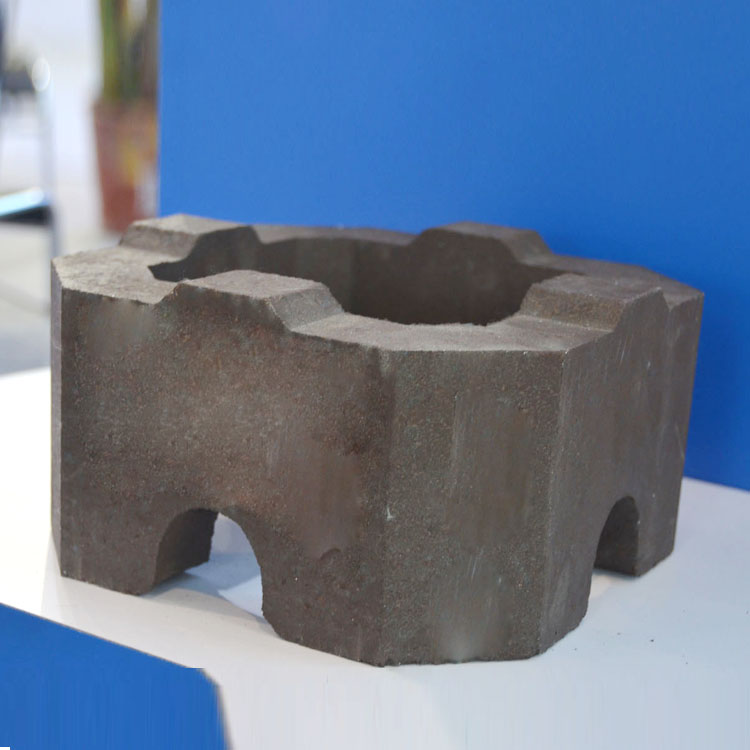
In high-temperature industrial operations, the role of refractory materials cannot be overstated. They are the unsung heroes that withstand extreme heat, ensuring the smooth and efficient operation of various industrial processes. Among these refractory materials, high-temperature magnesia-chrome bricks stand out as a top choice for many industries due to their exceptional performance and reliability.
High-temperature magnesia-chrome bricks are primarily made from sintered magnesia and refractory-grade chrome ore. Sintered magnesia is known for its high melting point, typically around 2800°C, which provides excellent thermal stability. It also has high hardness and good chemical resistance, contributing to the overall strength and durability of the bricks. Refractory-grade chrome ore, on the other hand, enhances the corrosion resistance of the bricks. It forms a dense protective layer on the surface of the bricks when exposed to high temperatures and corrosive substances, preventing the penetration of harmful chemicals.

The manufacturing process of high-temperature magnesia-chrome bricks involves using silicate to bond the refractory particles together, filling the voids between them. This process results in a dense and uniform structure, which significantly improves the mechanical properties of the bricks. The bricks have high compressive strength, typically ranging from 30 MPa to 50 MPa, making them able to withstand heavy loads in high-temperature environments. They also have excellent thermal shock resistance, which means they can endure rapid temperature changes without cracking or spalling.
To better understand the performance advantages of high-temperature magnesia-chrome bricks, let's compare them with ordinary magnesia bricks. In a strength test, high-temperature magnesia-chrome bricks showed a 20% higher compressive strength than ordinary magnesia bricks. In terms of corrosion resistance, the high-temperature magnesia-chrome bricks could resist the corrosion of acidic and alkaline substances for up to 100 hours in a simulated industrial environment, while the ordinary magnesia bricks only lasted for about 60 hours.
.jpg)
High-temperature magnesia-chrome bricks have a wide range of applications in various industries. In the steelmaking industry, they are used in the lining of steel converters and electric arc furnaces. Their high strength and corrosion resistance can effectively extend the service life of the furnaces, reducing maintenance costs and improving production efficiency. In the glass manufacturing industry, these bricks are used in the glass melting furnaces. They can withstand the high temperatures and corrosive environment of the glass melt, ensuring the quality and stability of the glass production process.
.jpg)
In conclusion, high-temperature magnesia-chrome bricks offer numerous advantages, including high strength, excellent corrosion resistance, and good thermal shock resistance. These properties make them an ideal choice for high-temperature industrial applications. If you are considering refractory materials for your industrial operations, we encourage you to contact us for more information or to request a free sample. Our team of experts will be happy to assist you in finding the best solution for your specific needs.
Contact us today to learn more about our high-temperature magnesia-chrome bricks and how they can benefit your business. Visit our website www.example.com or email us at [email protected].

